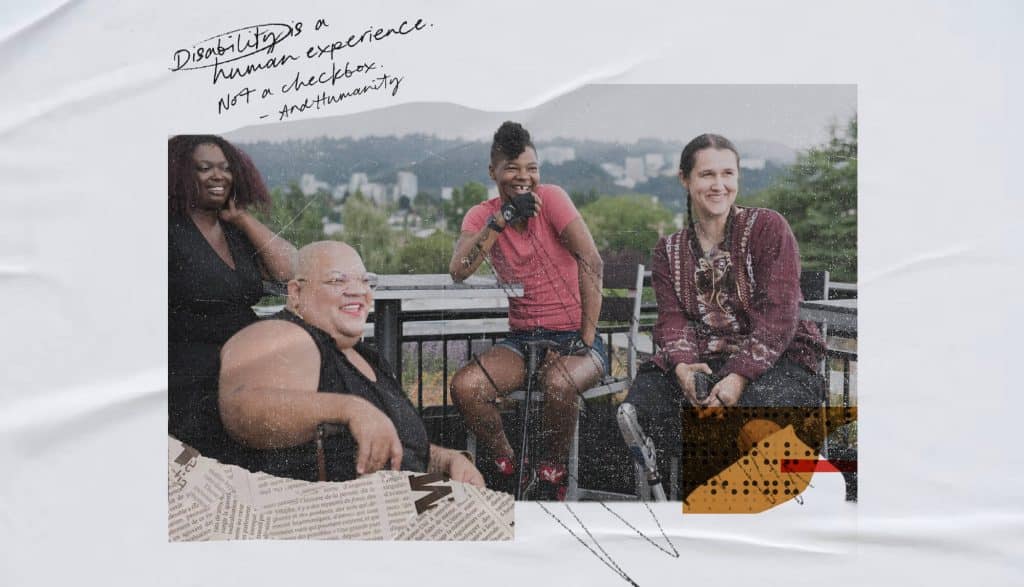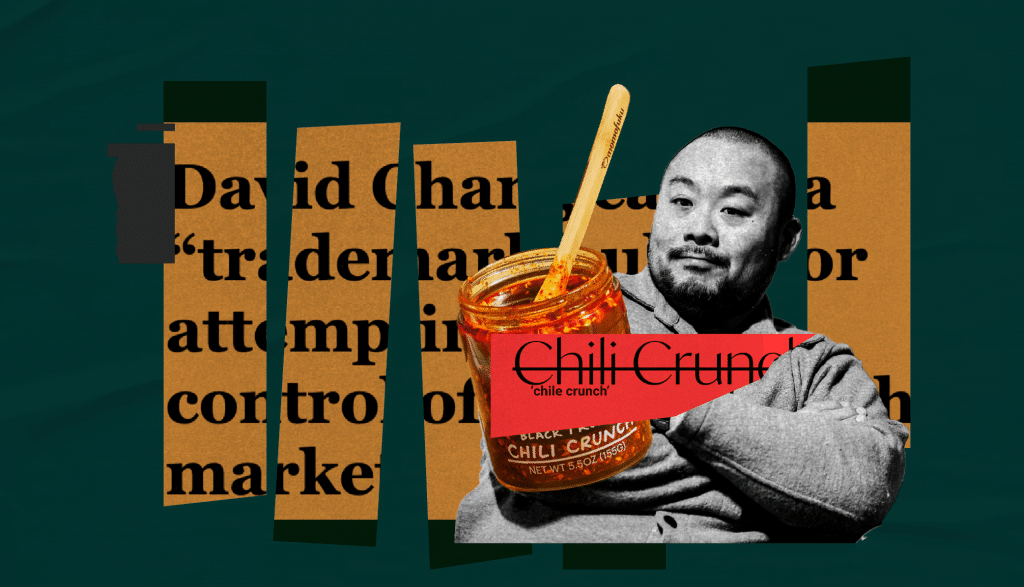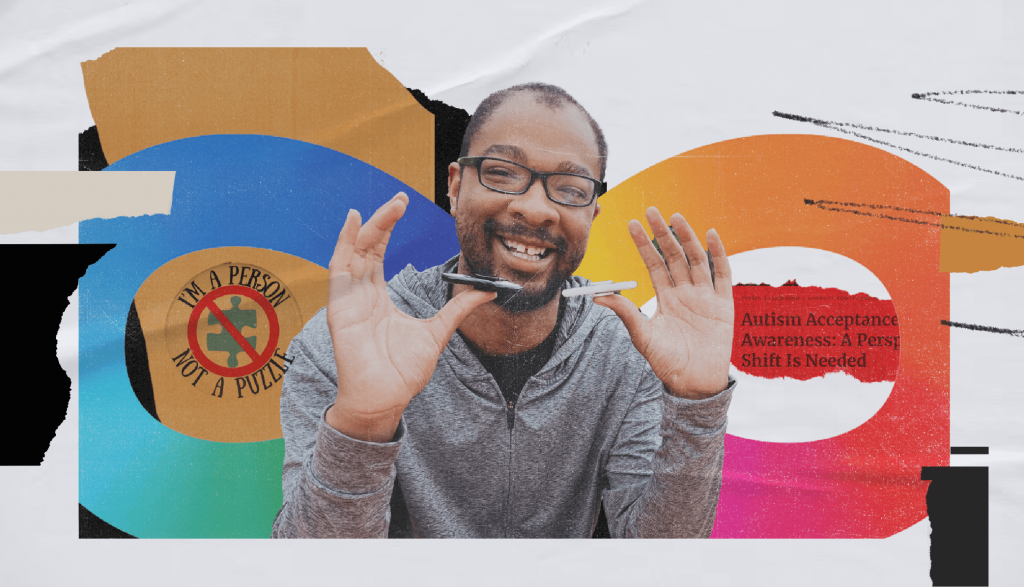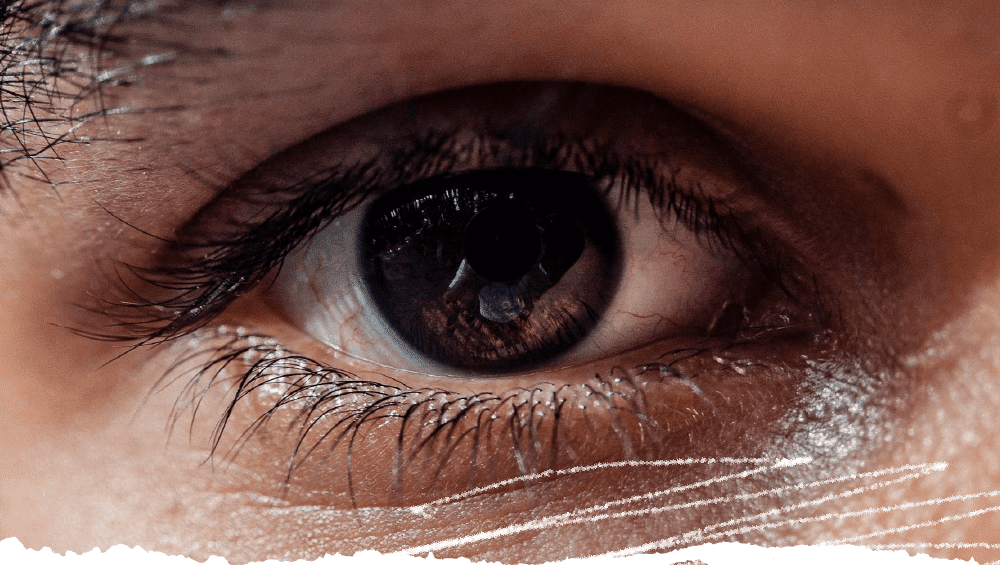“I didn’t mean to hurt you”
Anyone that’s been in a relationship can relate to this phrase often expressed between partners. But as you may know, by the time it’s said, the damage is usually already done.
This is an example of “intent” vs. “impact”, where the intention isn’t to hurt or cause any harm, but the impact does exactly that. Of course, this can happen in both personal and professional settings, a perfect example of the latter is encompassed in the comments section of this recent LinkedIn post that went viral:

To give some context to this; on June 15th, the U.S. Supreme court ruled that the protections provided by Title VII of the Civil Rights Act of 1964 are also extended to gay, lesbian and transgender people, thereby making it illegal for workplaces to discriminate against employees on the basis of sexuality or gender identity.
A majority of the comments are congratulatory, positive, and supportive (as one might expect), but there is a small pocket of extremely vile comments that shame Durrell for his post, like this:

A comment like this has both negative intentions and negative impact, however – more to the point – there were also a small pocket of comments like these:

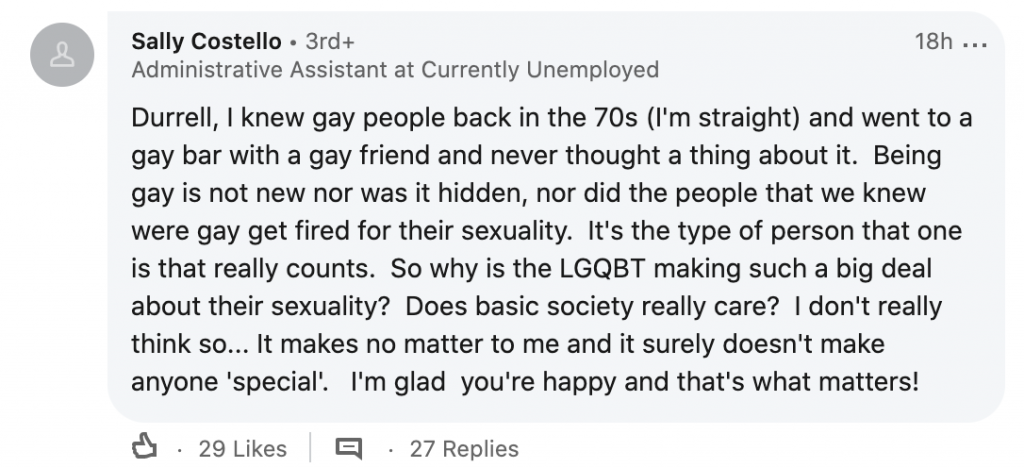

The commonalities between these commenters is each of them are claiming that because his sexuality doesn’t bother or matter to them and others, it didn’t need to be mentioned at all. And you can argue that their intent is not malicious as they’re merely claiming they “don’t care” and thus don’t judge him based on his sexuality, however the impact of comments like these is quite the opposite. Firstly, they’re being dismissive; someone that is a part of a notoriously underrepresented and discriminated community is celebrating a feeling of liberation, and they’re saying that feeling is unimportant. Secondly, they’re minimizing a crucial point in history merely because it hasn’t directly affected them. Lastly, they’re changing the narrative to focus on topics they’re comfortable with rather than letting traditionally underrepresented stories be heard.
“The commonalities between these commenters is each of them are claiming that because his sexuality doesn’t bother or matter to them and others, it didn’t need to be mentioned at all.”
And although this all may seem obvious, brands fall into this same trap all the time, albeit in a more subtle fashion.
In fact, some of the most celebrated ads in the past have intent that isn’t harmful – and audiences even believe they are being inclusive – but in actuality they’re also doing the same things; dismissing, minimizing, and/or changing the narrative.
For example, HubSpot published an article called 7 Brands That Got Inclusive Marketing Right, and one of the advertisements highlighted is Coca Cola’s famous – and heavily praised – “Hilltop” commercial. However, as mentioned in our Brand Inclusion Framework article, this commercial isn’t inclusive at all. It seems to have all the right intentions of being inclusive, but it is actually dismissing the truth of our diversity and celebrating universal experiences rather than celebrating differences.
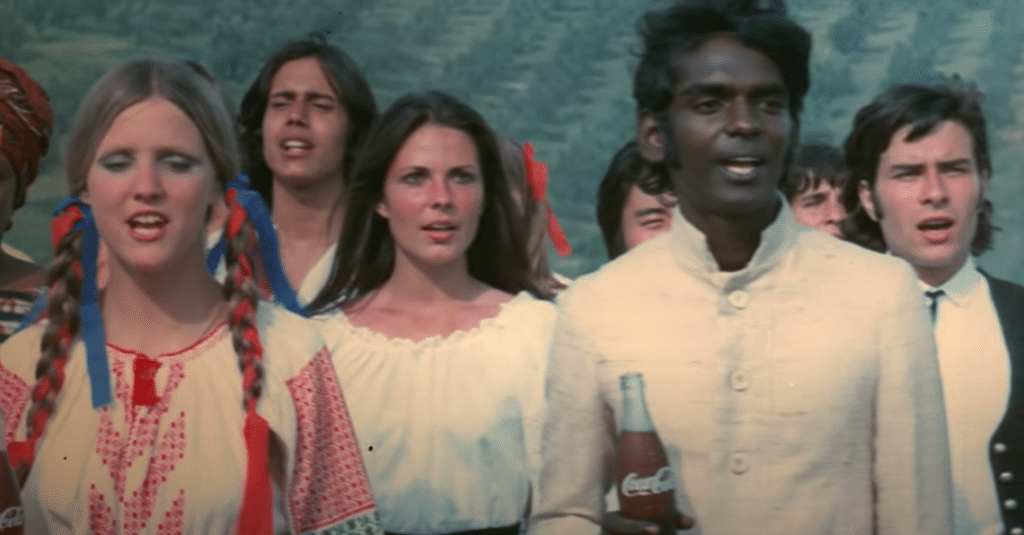
The commercial consists of a camera panning across faces of young people in all shapes, colors and ethnicities, as they sing from a hilltop in Manziana, Italy, “I’d like to buy the world a Coke.” The creator of the ad wanted Coke to be perceived as “a tiny bit of commonality between all peoples, a universally liked formula that would help to keep them company for a few minutes.” It may seem like the right approach – focusing on equality – but actually, in today’s world, it’s not enough to speak to universal experiences, because underrepresented stories need to be told in order to achieve Equity as illustrated in the image below.

A more detailed explanation from our previous blog post:
“Probably one of the most famous ads in the word is Coca Cola’s Hilltop commercial. The original ad was made in 1971 done by Bill Backer from McCann Erickson. The song in the commercial became a hit record in the US and UK. It has continued to receive accolades up until 2005 as one of the 100 Greatest TV Ads. However, in the lens of D&I work, this is only the beginning of embracing inclusion. While it’s great that there is general acceptance and welcoming to everyone, it doesn’t recognize and acknowledge the unique differences that each individual holds. Rather, it minimizes our differences by only focusing on our similarities. This is an example of an advertisement that may be reinforcing the idea of equality over equity. By reinforcing these beliefs, we continue to treat all groups with one approach which doesn’t address everyone’s needs. These ads, while safe, are not fully inclusive in their approach.”
“…some of the most celebrated ads in the past have intent that isn’t harmful – and audiences even believe they are being inclusive – but in actuality they’re also doing the same things; dismissing, minimizing, and/or changing the narrative.”
This commercial falls on the “Brand Minimization” point of the curve as illustrated below:
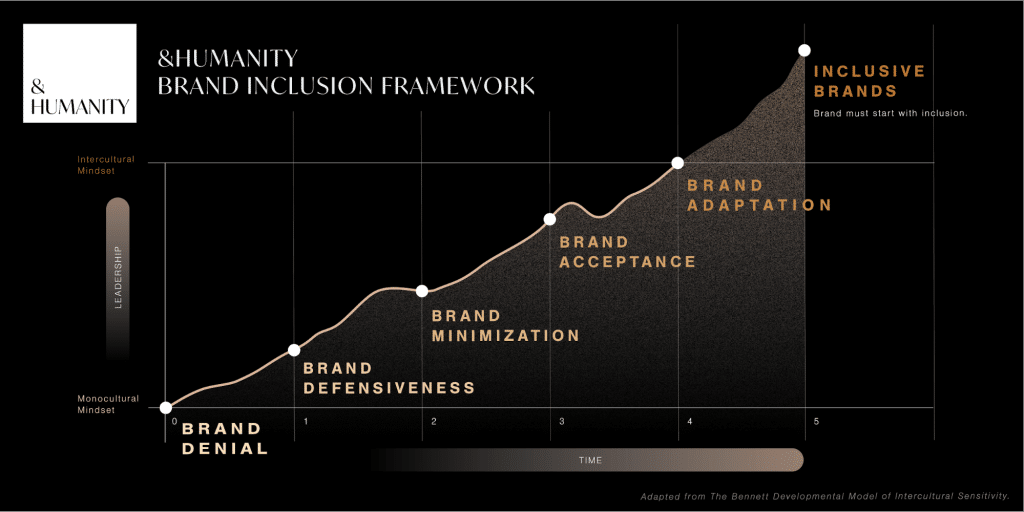
Another example of brands falling into this trap is another lauded commercial by TV 2 in 2017.

As defined by Brandingmag:
“…the three-minute film plays on the traditional ‘us versus them’ narrative and highlights the implicit bias of cultural stereotypes in a wide range of people.
Set on a soundstage, the ad begins with groups of people silently filling in as a voiceover explains, “It’s easy to put people in boxes. There’s us and there’s them, the high earners and those just getting by. Those we trust and those we try to avoid. There are those we share something with and those we don’t share anything with.” One by one, these groups walk in together and stand shoulder to shoulder with their chosen clique.
The people are asked a number of questions “some which might be a bit personal” and asked to step forward if they have ever “felt lonely,” “are stepparents,” or perhaps “were the class clown.” Some questions are relatively straightforward, some are hard-hitting, and some coax out a collective roar of laughter.
Suddenly, the groups start to merge and mix together. People smile in surprise to find common ground with people they’ve never dreamed they would. The barriers that have built up — class, appearance, and beliefs — all come tumbling down.
That classic “us versus them” narrative is turned on its head and we are asked to look beyond what’s on the surface to find common ground. In a time where we can all be guilty of judging too quickly and putting people in boxes, this heartwarming film serves as a reminder that we are all part of one enormous and wonderfully diverse community.
Though it is the differences that define us and set us apart from one another, perhaps it’s time we shift our focus and instead think about how our similarities bind us together.”
“Being inclusive means showing and – if possible – celebrating accurate, cultural nuances of different communities which make target communities feel like they’re being accurately represented on screen.”
Again, while the intention is pure – wanting to celebrate the similarities between all of us – it is another example of dismissing the true – and potential celebration – of our diversity. In simpler terms, we have spent decades talking about our shared values and experiences through a male-dominant, white, cisgendered lens to the point that mainstream media is super comfortable with the narrative that “we’re more alike than we think”. However, it’s long overdue that we flip the switch to focus on and embrace our differences. Being inclusive means showing and – if possible – celebrating accurate, cultural nuances of different communities which make target communities feel like they’re being accurately represented on screen. And you simply cannot do this with the “we’re more alike than we think” narrative.
A final explanation of this is perfectly illustrated by this image below:
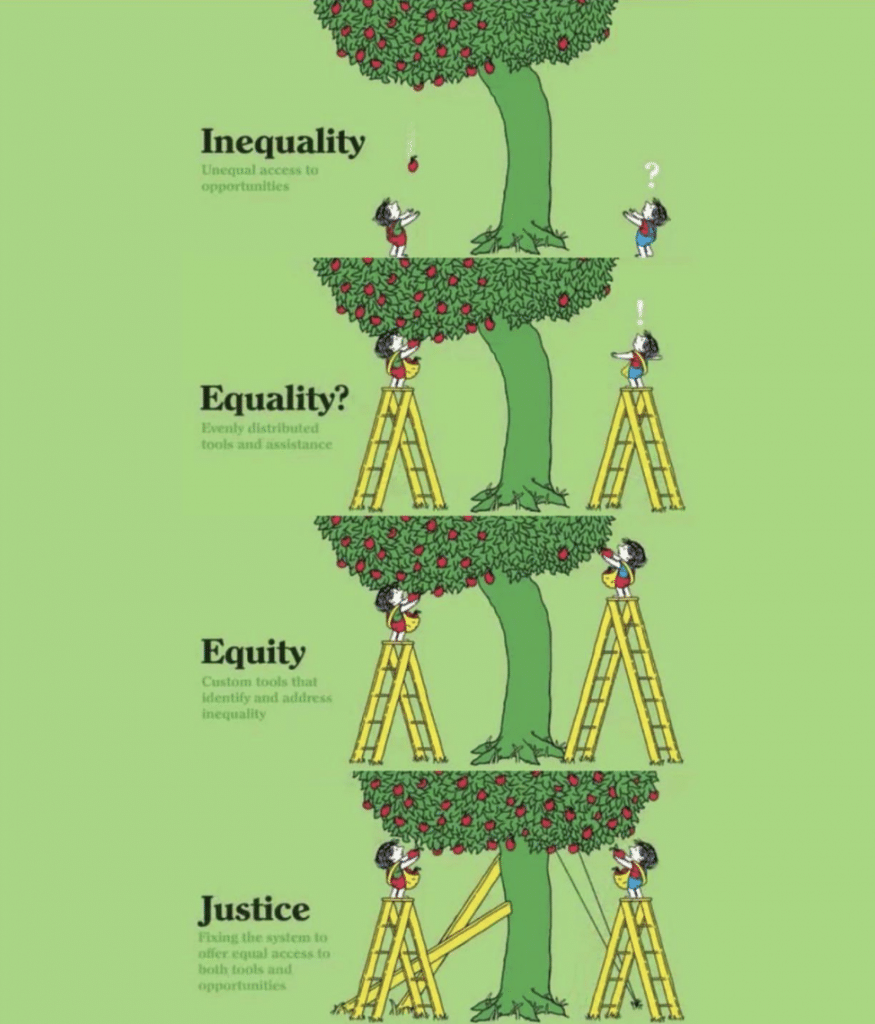
- Inequality in marketing is only communicating through a male-dominated, white, cisgendered lens.
- Equality in marketing is a big trap, where we treat all communities with a unified approach. It is the one brands tend to fall into like the two commercial examples above.
- Equity in marketing is when we purposely highlight the notoriously marginalized, disenfranchised and underrepresented, giving them enough opportunities on an elevated platform so that their representation equates to the actual percentage breakdown they represent in the population.
- And lastly, Justice is an entire systemic overhaul, where the underrepresented no longer need to be elevated above the rest.
Lastly, I want to leave you with an advertisement that falls on the “Brand Adaptation” point on the curve. By no means does Starbucks make the right moves at every turn, however, with their “Every Name’s a Story” commercial, they elevated a notoriously disenfranchised and underrepresented community and told an accurate story that resonated, all the while supporting Mermaids, a charity for trans and gender-diverse children, young people, and their families. It’s truly an ad for all brands to aspire to.
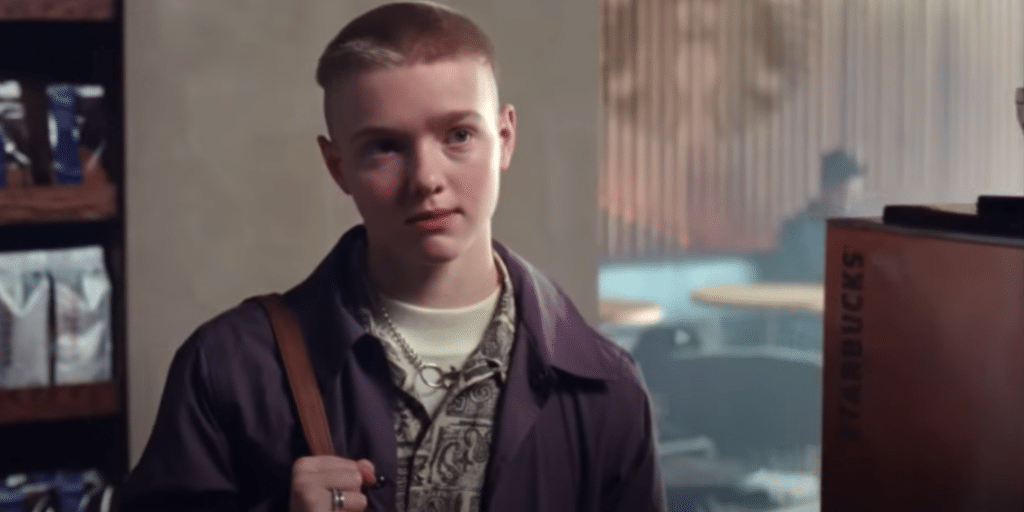
For other ads that fall on all points in the Brand Inclusion Framework as well as additional related resources, please join our Creatives for Inclusion Facebook Group and check out this link.



